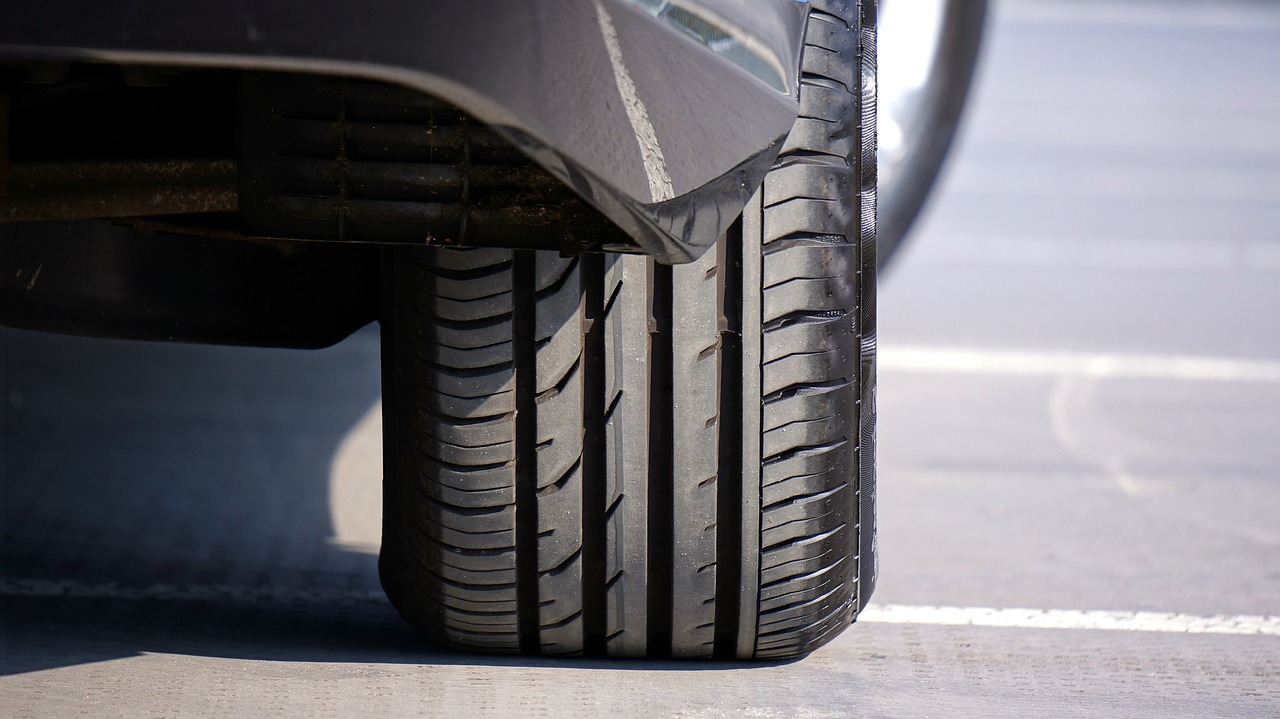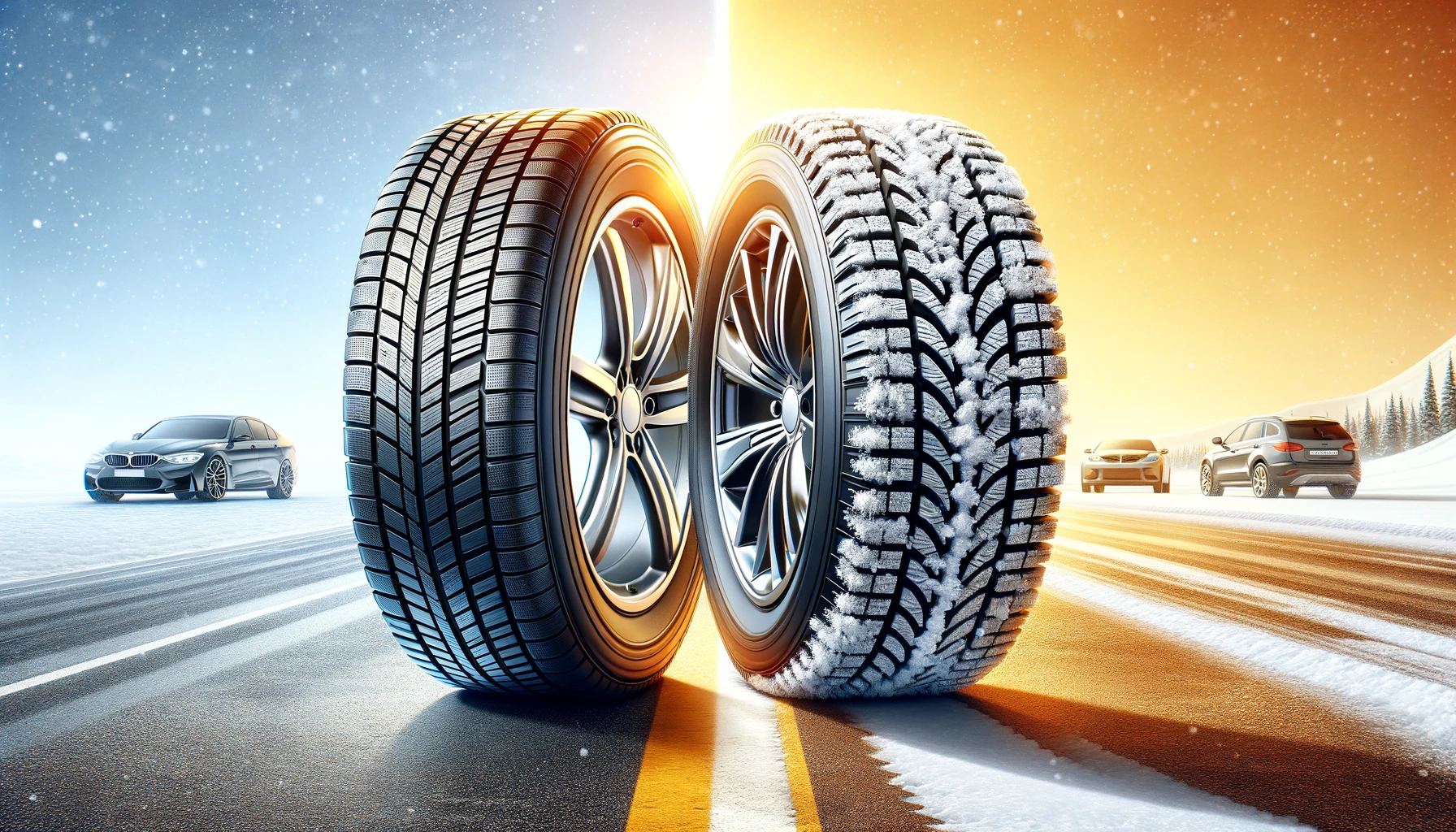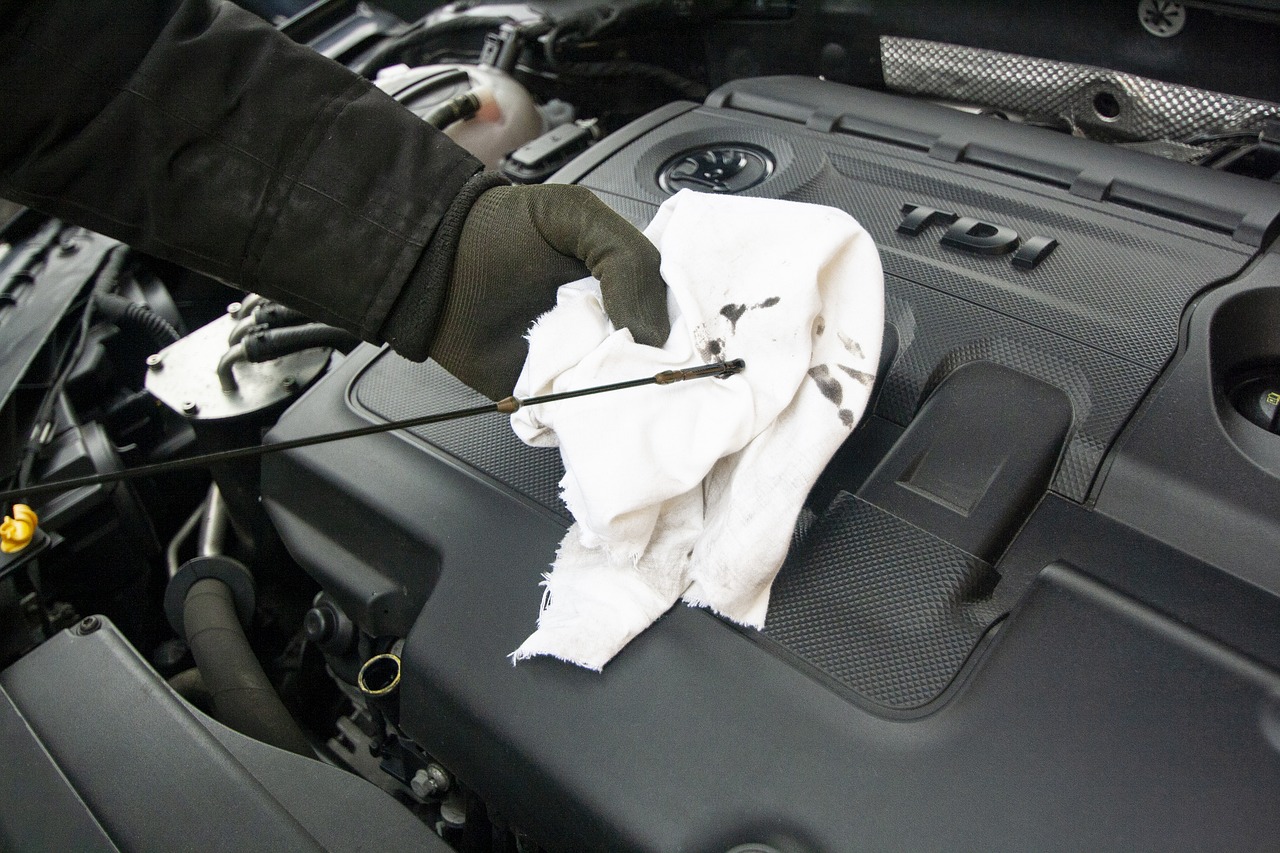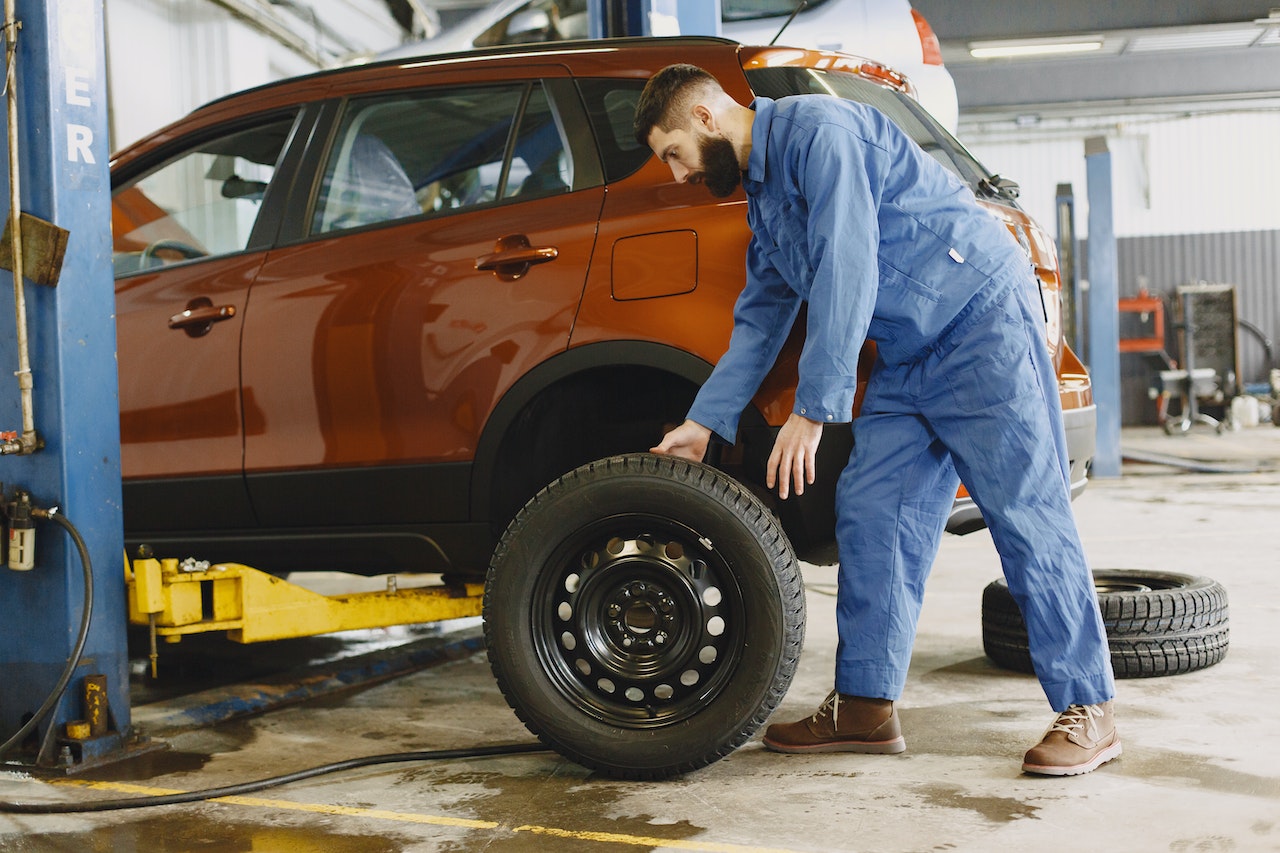Tires. Those round, black, rubbery things you never think about until one goes flat during a romantic date or an important business meeting. Some say choosing the right tires is like choosing the right shoes – but let’s be honest, how many of us have ever made sensible decisions about shoes? I mean, remember those neon-green platforms you thought were a good idea?
That being said, when it comes to choosing tires, there are some (actually important) things to consider. Here’s a “short” guide that will (hopefully) prevent you from buying the footwear equivalent of neon-green platforms for your beloved ride.
1. Know Your Size (It’s Not Like Jeans, One Size Doesn’t Fit All)
The first step to not making a tire blunder is knowing the correct size for your car. Look on the side of your current tires; you’ll find a series of numbers and letters, like 205/55R16. This isn’t a secret code to unlock riches. This combination tells you the tire’s width, aspect ratio, and diameter. Your car’s manual should have this information too.
Pro tip: Do NOT, under any circumstances, think that upsizing your tires will make your car look cooler. You’re not fooling anyone, Fast & Furious wannabe.
2. Understanding Tire Types (No, Racing Slicks Aren’t Ideal for Snow)
Depending on where you live and how you drive, different tires will suit your needs. Here’s a quick rundown:
- All-season tires: Perfect for the indecisive among us. These tires are the Swiss Army knives of the tire world. Good for most conditions, but they’re not specialized. It’s like wearing sneakers to every event, from weddings to marathons.
- Summer tires: Ideal for those living in sunnier climes, these tires give excellent performance on both dry and wet roads during the warmer months. Not so great when winter hits, though. But hey, who needs traction when sliding around is so much fun?
- Winter tires: For places where winter is more than just a chilly breeze. They have special tread patterns and rubber compounds to grip in snow and ice. If you’re still driving on summer tires in a snowstorm, may the odds be ever in your favor.
- Performance tires: For those who fancy themselves as the next Lewis Hamilton. Great for fast driving and sharp turns but wear out quicker than a toddler’s patience.
3. The Need for Speed (Index):
Now, while you might not be planning to rival the speeds of the Fast & Furious crew any time soon (please don’t), the speed index of your tires is crucial. It’s a letter on the tire sidewall that signifies the maximum speed at which the tire can safely carry a load.
For instance, a tire with a speed index of ‘V’ can safely handle speeds up to 149 mph/240 kmh (don’t get any ideas!). Before you think, “When will I ever drive that fast?!”, remember that the index isn’t just about speed – it’s also about ride comfort, efficiency, and how the tire handles at different speeds. So, even if you’re more tortoise than hare, choose a tire with a speed rating suitable for your car’s top capabilities.
4. Can You Hear Me Now?
If your idea of a peaceful drive involves you, the open road, and the gentle hum of your engine – think again if you choose the wrong tires! Some tires can be noisier than a rock band in a small garage. Thankfully, tire manufacturers now provide a noise rating, measured in decibels (dB), on the tire label.
The label showcases sound waves: one black wave is the quietest, while three indicates the noisiest. If you often drive on highways or in quiet areas, you might want to opt for quieter tires. However, if you’re always blasting music or enjoy the raw symphony of the road, perhaps it won’t matter as much. Just remember, quieter tires often also mean better road handling and comfort.
5. Check the Tread Pattern (It’s Like Reading Palm Lines, but for Cars)
Not all treads are made equal. Some are designed to push away water, some for grip on icy roads, and others for maximum contact on dry surfaces. Pick the wrong one, and you might find your car sliding around like a drunken penguin.
6. Budget vs Brand (Because Money Doesn’t Grow on Trees, or Does It?)
Now, when buying tires, you might be tempted to go for the cheapest option because, let’s face it, those concert tickets aren’t going to buy themselves. But remember, cheaper isn’t always better. The tires are the only things connecting your car to the road, so it’s worth spending a bit more for quality. Do you really want to entrust your safety to something that costs less than your monthly coffee budget? Think of it this way: would you buy knock-off parachute brands? Didn’t think so.
7. The Lifespan (or How Long Before You’re Back to Reading This Guide Again)
Some tires promise longer lives than others. But like that houseplant you swore you’d water regularly, tires need maintenance. Regularly check for wear and damage. And rotate them! No, not like spinning them in place, smarty pants. Switch their positions to ensure even wear. This extends their life, saves you money, and gives you more time before you have to go tire shopping again. A win-win-win!
8. Read Reviews (Because Other People’s Mistakes Can Be Your Gain)
Thanks to the magic of the internet, you can easily check what other people are saying about specific tire brands and models. Look for common themes. If everyone’s saying that a certain tire gave out after 5,000 miles or made their car handle like a greased pig, then maybe, just maybe, give that one a miss.
9. The Eco-Friendly Option (Because We’re All About Saving the Planet, One Tire at a Time)
If you’re the kind of person who brings reusable bags to the store and scolds friends for not recycling, rejoice! Some tire brands offer eco-friendly options. These tires have low rolling resistance which means better fuel efficiency. Sure, your car might not magically transform into a unicorn that runs on rainbows, but at least Mother Earth will give you a nod of approval.
10. When in Doubt, Ask! (And Not Your Uncle Bob Who Thinks Every Problem Can Be Fixed with Duct Tape)
Consult professionals. Most tire shops have experts who’ve seen it all – from the “I thought tires were supposed to last a lifetime” to the “I just wanted my car to look cool.” They can offer you tailored advice for your needs. And hey, maybe they can also explain why duct tape isn’t a legit tire-fixing solution.
In conclusion, while buying the right tire might seem as daunting as deciding the fate of the universe, it’s not rocket science. With a bit of research, some common sense, and a sprinkle of sarcasm (just for fun), you’ll be well on your way to making a choice you won’t regret. Safe travels and may your tire’s tread always be deep!
Pro Tips to Seal the (Tire) Deal:
- The Penny Test: Unsure if you need new tires? Take a penny and place it head first into one of the tire treads. If you can see all of Lincoln’s head, it’s time for new tires. If not, congrats! Your tire lives to see another day (or a few thousand miles).
- Proper Inflation: Like people, tires don’t like feeling under pressure – or over, for that matter. Check your tire pressure monthly. Under-inflated tires wear out faster and over-inflated tires can be more prone to punctures.
- Don’t Mix and Match: This isn’t a fashion show. If you’re replacing only one or two tires, ensure they’re the same type as the ones you already have. Mixing radials with non-radials? Oh, honey, no.
- Listen to Your Tires: No, not for their hopes and dreams. If they’re making a strange noise or vibration, it might be a sign of a problem. Always better to catch issues early rather than on a lonely road at midnight.
- The Importance of Balance: If your car is shaking at certain speeds, it might be a tire balance issue. A balanced tire helps prevent premature wear and extends the life of the tire. Plus, who wants to feel like they’re in a 24/7 dance party while driving?
- Sidewall Examination: Occasionally glance at the side of your tires. Bumps or bubbles can mean potential weak spots. This isn’t puberty; bumps on your tire are NOT a normal phase.
- Alignment Matters: If your car pulls to one side or your steering wheel vibrates, you might need an alignment. Ignoring this can cause uneven tire wear. So, if driving straight feels like a game of tug-of-war, get it checked out.
- Check the Spare: So, you’ve got brand new tires. Good for you! But remember that hidden hero in your trunk. Ensure your spare tire is in good condition, because nothing says “bad day” like a flat tire followed by a flat spare.
- Seasonal Storage: If you’re fancy enough to have seasonal tires, store the off-season set in a cool, dry place. And no, that doesn’t mean under your bed.
- Know Your Terrain: If you regularly drive on rough or off-road terrain, consider getting tires made for that purpose. Your sleek city tires might cry at the sight of a gravel road.
- Date Your Tires: Tires have a birthdate! Check the sidewall for a code that starts with ‘DOT’. The last four digits represent the week and year they were made. Typically, tires have a lifespan of about 6-10 years, regardless of tread life.
- UV Rays Aren’t Just Bad for Your Skin: Extended exposure to sunlight can deteriorate rubber. If your car is parked outside a lot, consider tire covers or just slather on some SPF 100. Kidding about that last part, please don’t.
- Save the Receipt: Some tires come with mileage warranties. Keep your purchase proof and any related documents. If your tire wears out before the promised mileage, you might get a prorated discount on your next set.
Remember, with great power (or horsepower) comes great responsibility. Treat your tires right, and they’ll return the favor by not stranding you in the middle of nowhere.
Frequently Asked Questions (Because, Obviously, We Missed a Few Things)
While the penny test is a good indicator of tread wear, most tires should be inspected for wear and tear after 6 years and replaced after about 10 years, even if they look okay. You know, just like how we all need a style update every decade.
Absolutely! Rotating your tires ensures they wear evenly. You wouldn’t walk around in shoes with one heel worn down, would you? Okay, maybe after a wild night out, but your car deserves better daily.
While you can, it’s often not recommended. Tires on the same axle (front or rear) should match for best performance. And if one tire’s worn down, its partner probably isn’t far behind.
Sure, if you enjoy slip-sliding in winter with summer tires or if you want less grip with all-seasons on a racetrack. Pick the tire that suits your climate and driving habits.
Check the National Highway Traffic Safety Administration’s website or the tire manufacturer’s site regularly. After all, it’s better safe than sorry (or stranded).
Unless you enjoy a car that wobbles more than a toddler on a sugar rush, yes. Balancing ensures smooth rides and reduces tire wear.
It depends on the damage. Minor punctures on the tread can often be repaired. But if the sidewall’s damaged or the puncture’s too big, it’s new tire time!
Like breaking in new shoes, new tires might feel a bit odd initially. Give them a few hundred miles to “break in”, and then they should feel just right.
Like designer clothes, premium brands offer certain benefits. They often come with better technology, longevity, and performance. But do research; sometimes, mid-range brands can offer similar quality for less.
Regular checks, proper inflation, rotation, and alignment are your tires’ BFFs. Treat them like the VIPs they are.



